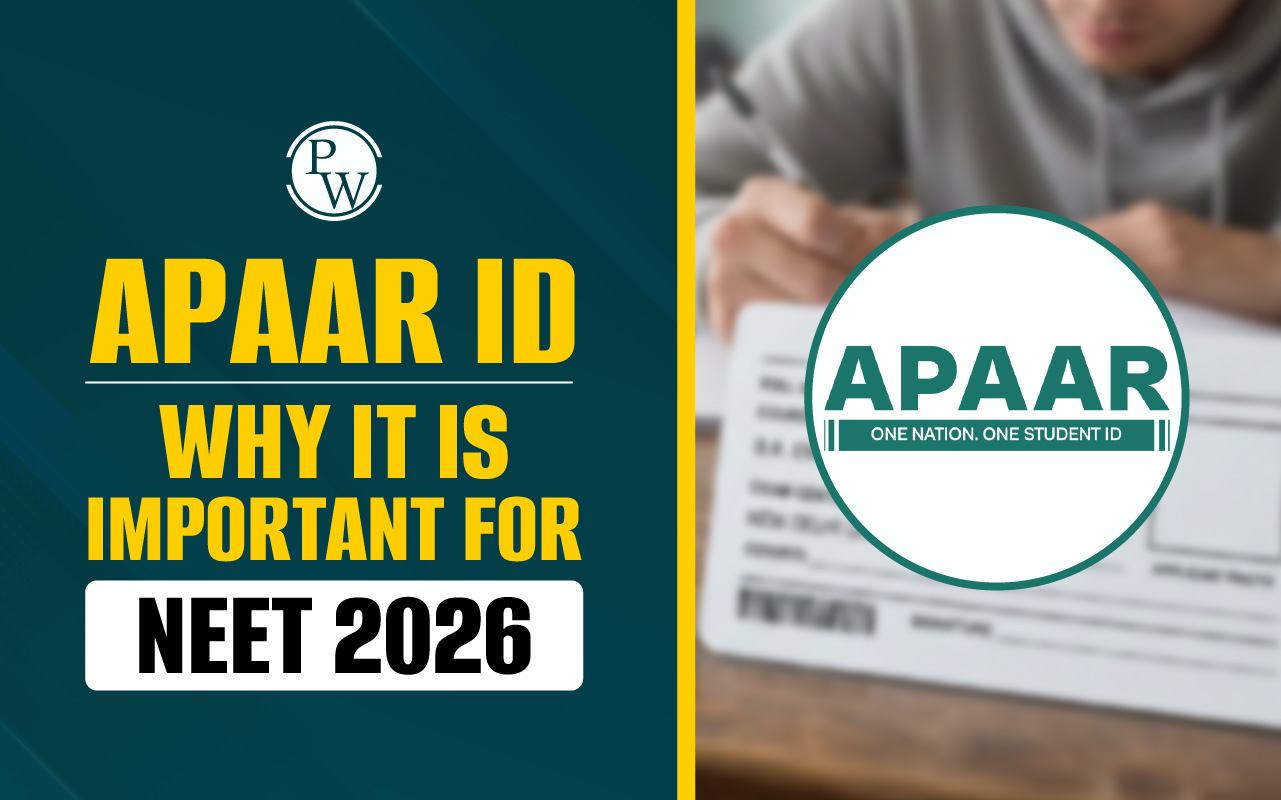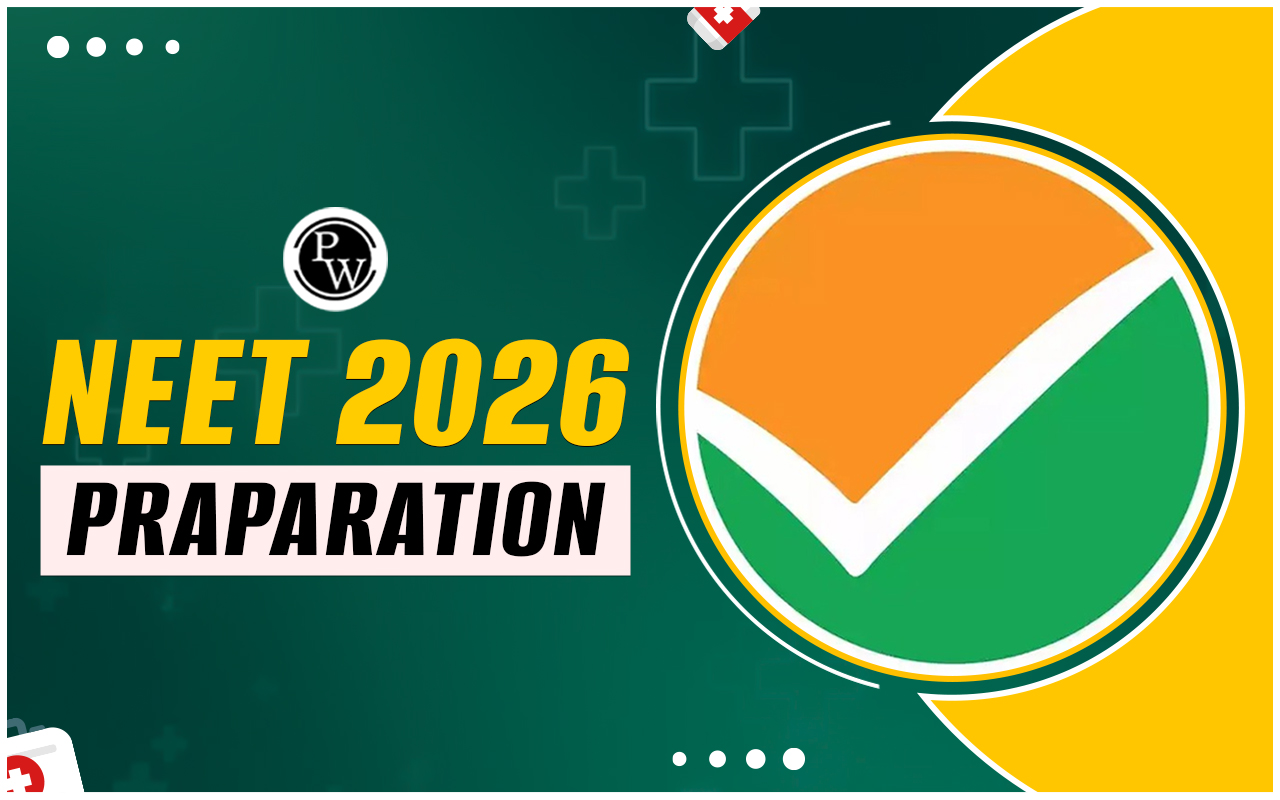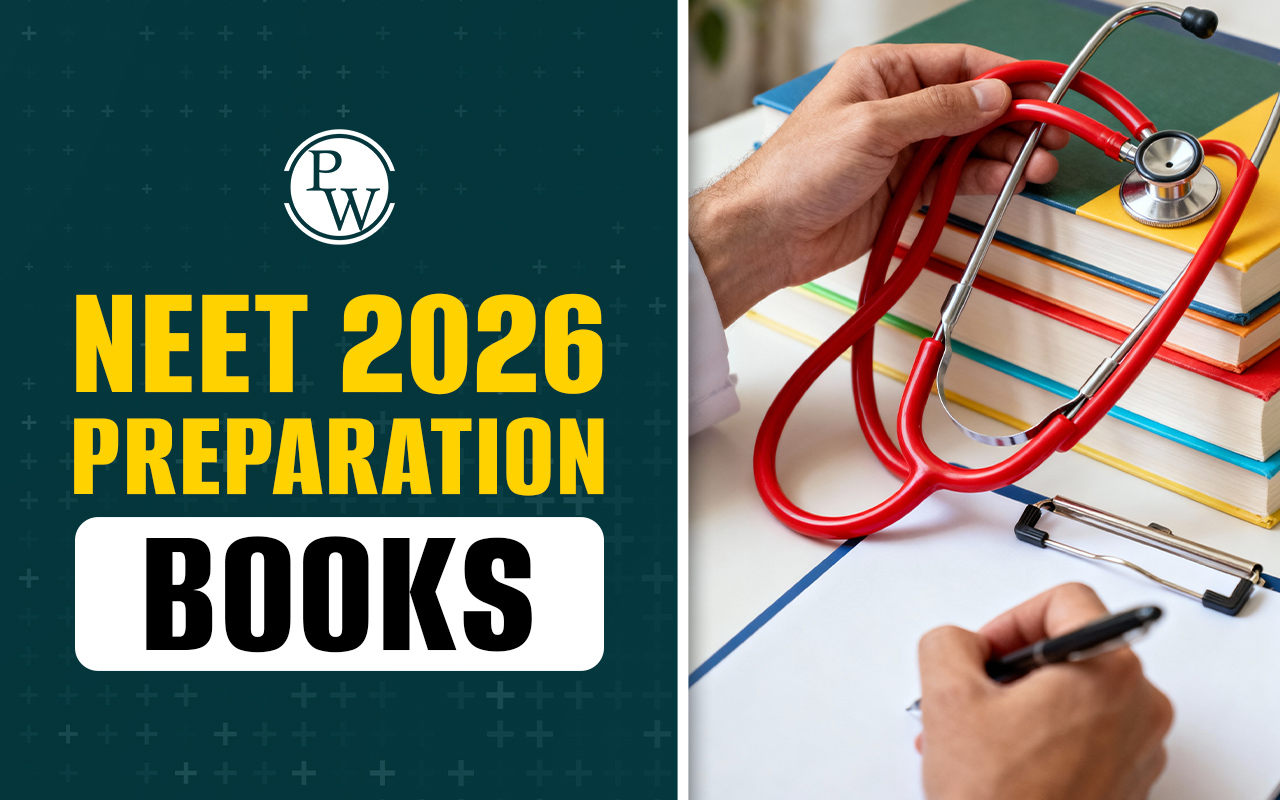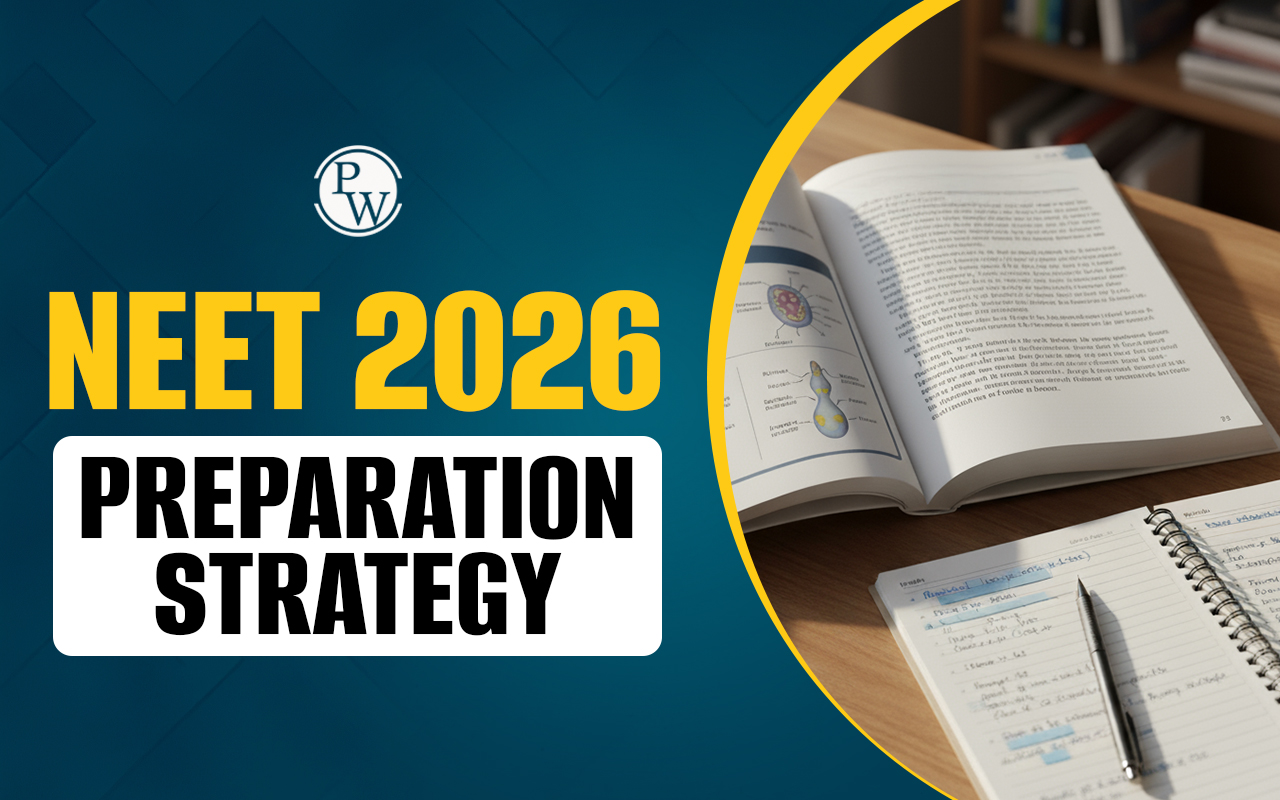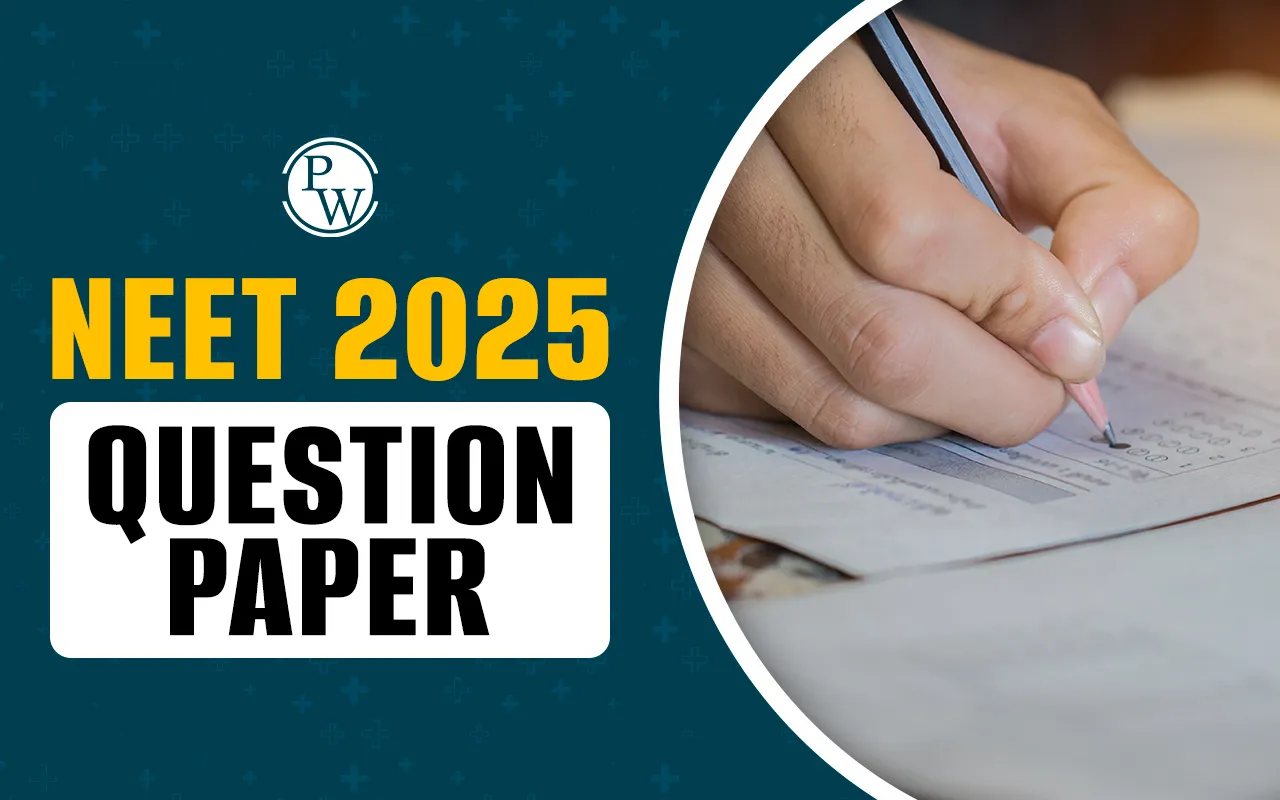
Solutions MCQ: Solutions NEET MCQ section provides a collection of multiple-choice questions centered on the topic of solutions, which is a fundamental area in chemistry. Solutions questions for NEET aim to assess students' comprehension of key concepts in solution chemistry, including concentration terms, colligative properties, and the behavior of solutions.
Practicing Solutions MCQ will help students prepare more effectively for the NEET exam and improve their understanding of chapter solution-related topics. For additional practice, candidates can refer to the important Solutions MCQs provided in the article below.Solutions MCQ for NEET
Solutions MCQ NEET features a set of multiple-choice questions specifically for students preparing for the NEET exam. Solutions MCQ covers important topics about solutions that are often tested in the exam, helping students prepare effectively. Solutions MCQ Questions include a wide range of questions on solution chemistry, covering important topics from solution chapter. These questions are designed to check students' understanding and ability to apply solution concepts.| NEET Chemistry Important Links | ||
|---|---|---|
| NEET Chemistry Syllabus | NEET Chemistry Notes | NEET Chemistry Chapter wise Weightage |
Solutions MCQ Class 12 Chemistry
Solutions MCQ Class 12 Chemistry section is designed specifically for Class 12 students and features questions that match their curriculum. This section includes important topics such as types of solutions, concentration units (such as molarity and molality), and the properties of solutions. Practicing these Solutions NEET questions will help students strengthen their understanding and better prepare for their Class 12 exams. Solutions MCQ Class 12 set offers practice questions specifically for Class 12 students. These questions cover various topics about solutions, helping students review and strengthen their understanding of important concepts before their exams.Also Check:
Solutions NEET Questions With Solutions
Solutions NEET Questions With Solutions resource provides multiple-choice questions along with detailed solutions and explanations. This tool is designed to help students understand the methods used to solve each problem, offering guidance on how to approach and resolve complex questions related to solutions. It is a valuable resource for enhancing problem-solving skills and preparing effectively for the NEET exam. Solutions MCQ With Answers provides multiple-choice questions along with the correct answers and detailed explanations. This resource helps students understand why each answer is correct, improving their learning and understanding.1. Which of the following statements is incorrect?
- German silver contains Cu, Zn, and Ni.
- Bronze is a mixture of Cu and Sn.
- Brass is a mixture of Cu and Zn.
- Solutions are heterogeneous mixtures of two or more than two components.
2. Which of the following possesses the physical state of solute and solvent liquid and solid respectively?
- solutions of sugar in water
- zinc amalgam
- solutions of Naphthalene in benzene
- brass
3. Which of the following is not correctly matched?
- Solutions of hydrogen and palladium: Gaseous solute in a solid solvent
- Sodium amalgam: Liquid solute in a solid solvent
- Solution of camphor and nitrogen: Solid solute in Gaseous solvent
- Solution of chloroform and nitrogen: Gaseous solute in Gaseous solvent
4. Which of the following is an example of a solid solution?
- Interstitial compound of hydrogen and Pd
- WC
- Zn/Hg
- All of these
5. What is the percentage of solute in the resultant solution, if is obtained by mixing 300 g of 30% and 200 g of 20% solution by weight?
- 50%
- 26%
- 62%
- 32%
6. The amount of water required to make 10% ethanol in a water solution using 10 mL of pure ethanol is:
- 90 mL
- 50 mL
- 30 mL
- 60 mL
7. What mass of ethanol be added to 1.0 kg water to have the mole fraction of ethanol equal to 0.20?
- 63.89 g
- 638.89 g
- 6.39 g
- 683.89 g
8. What is the mole fraction of the solute in a 1.00 m aqueous solution? (2015)
- 0.0177
- 0.177
- 1.770
- 0.0354
9. The mole fraction of water in a sulphuric acid solution is 0.85. Calculate the molality of the solution.
- 8.5 m
- 9.8 m
- 4.5 m
- 0.1 m
10. What is the mole fraction of the solute in a 2.5 m aqueous solution?
- 8.0
- 0.99
- 0.10
- 0.043
11. The mass by volume percentage composition (w/V) of 2M aqueous solution of glucose is:
- 3.6
- 18
- 360
- 36
12. The volume of water that must be added to 40 mL of 0.25M oxalic acid solution to make it exactly decimal is:
- 100 mL
- 30 mL
- 60 mL
- 25 mL
13. The molarity of an aqueous solution of NaOH containing 8 g in 2 litre of the solution is:
- 0.15 M
- 0.2 M
- 0.25 M
- 0.15 M
14. The density of a solution prepared by dissolving 120 g of urea (mol. mass = 60 u) in 1000 g of water is 1.15 g/mL.
The molarity of this solution is:
- 2.16 M
- 0.50 M
- 1.78 M
- 1.02 M
15. 10 mL of 0.2M KNO3 mixed with 15 mL 0.3M NaNO3 and the total volume was made at 50mL. The final molarity of the nitrate ions in the solutions is:
- 0.13 M
- 0.23 M
- 0.75 M
- 1.25 M
16. Assertion (A): Molarity and molality of 111 mg CaCl2 in/kg H2 O is nearly the same.
Reason (R): In dilute aqueous solution, molarity and molality is approximately equal.
- If both Assertion (A) and Reason (R) are True and the Reason (R) is a correct explanation of the Assertion (A).
- If both Assertion (A) and Reason (R) are True but Reason (R) is not a correct explanation of the Assertion (A).
- If Assertion (A) is True but the Reason (R) is False.
- If Assertion (A) is False but Reason (R) is True.
17. 10% w/w NaOH solution. Find molality.
- 1.5
- 1.2
- 2.2
- 2.778
18. Assertion (A): 1 molal aqueous solution is always more concentrated than 1 molar aqueous solution.
Reason (R): A molal solution contains one mole of solute in 1000 gm of solvent.
- If both Assertion (A) and Reason (R) are True and the Reason (R) is a correct explanation of the Assertion (A).
- If both Assertion (A) and Reason (R) are True but Reason (R) is not a correct explanation of the Assertion (A).
- If Assertion (A) is True but the Reason (R) is False.
- If Assertion (A) is False but Reason (R) is True.
19. 2.5 g of ethanoic acid (CH3 COOH) is dissolved in 75 g of benzene, Calculate the molality of the solution. (NCERT)
- 3.5 m
- 0.8 m
- 0.556 m
- 0.180 m
20. 2.82 g of glucose (molar mass = 180) is dissolved in 30 g of water. Calculate the molality
- 3.5 m
- 1.8 m
- 0.955 m
- 0.522 m
21. Concentrated sulphuric acid is approximately 18 molar. 5 cc of it are added to make 500 cc of the solution. The approx. normality of the solution will be:
- 0.18
- 0.009
- 0.36
- 0.27
22. The amount of oxalic acid (mol wt. 63) required to prepare 500 mL of its 0.10 N solution is:
- 0.315 g
- 3.150 g
- 6.300 g
- 63.00 g
23. Which of the following given compounds is least soluble in water?
- Hexan-1-ol
- Glycerol
- Propane-1,3-diol
- Ethylene glycol
24. In which of the following specific condition, CO2 gas is filled in cold drinks, and in soda water?
- at high temperatures and high pressure
- at low temperatures and high pressure
- at low temperatures and low pressure
- at high temperatures and low pressure
25. Fishes feel uncomfortable in warm water due to:
- fishes do not like warmness
- higher amount of impurities
- low solubility of oxygen at higher temperature
- greater population of fishes
26. The Solubility of gas in a liquid increase with:
- Increases of temperature
- Amount of liquid taken
- Decrease in temperature
- Reduction of gas pressure pressure, the freezing point of water decreases.
27. Assertion (A): At ice water equilibrium, on increasing the pressure, freezing point of water decreases.
Reason (R) : Ice have low density so equilibrium shift in forward direction when pressure is increased.
- Both Assertion (A) and Reason (R) are true and Reason (R) is a correct explanationof Asseriton (A).
- Both Assertion (A) and Reason (R) are true but Reason (R) is not a correct explanation of Assertion (A).
- Assertion (A) is true and Reason (R) is false.
- Assertion (A) is false and Reason (R) is true.
28. On which factors, the solubility of the gaseous solute in a liquid depends?
- Temperature
- Pressure of the gas
- Nature of gaseous solute and solvent
- All of these
29. Which law explained solubility of gases in a liquid?
- Charles' law
- Henry's law
- Raoult's law
- Boyle's law
30. In which condition, Henry's law is applicable?
- Ideal behaviour of gaseous solute at high pressure and low temperature
- Gaseous solute neither associate nor dissociate in solution
- Gaseous solute react with solvent
- Applicable in given all conditions
Solutions MCQ FAQs
What topics are covered in the Solutions NEET MCQ?
How can Solutions NEET MCQs help with exam preparation?
Are the Solutions MCQ Class 12 questions aligned with the curriculum?
What is the benefit of using Solutions NEET Questions With Solutions?
How can Solutions MCQ With Answers aid in learning?

